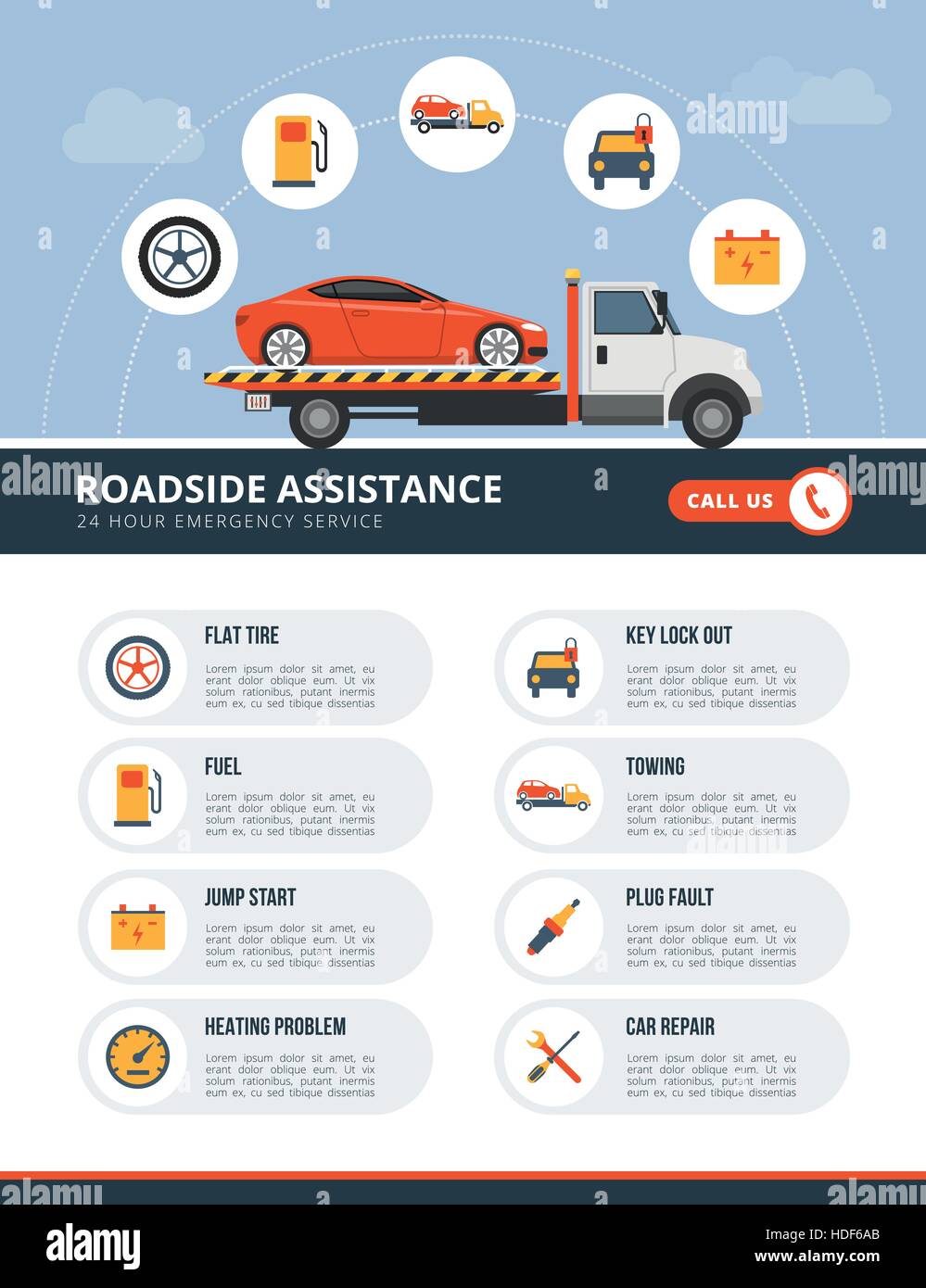Want To Learn More Regarding The Caution Lights On Your Control Panel? Reveal What They Indicate Regarding Your Vehicle'S Health And Safety
Want To Learn More Regarding The Caution Lights On Your Control Panel? Reveal What They Indicate Regarding Your Vehicle'S Health And Safety
Blog Article
Web Content Author-Vinson Stark
When you're behind the wheel, those glowing caution lights on your dashboard can be a bit complicated. Do you recognize what they're attempting to tell you concerning your cars and truck's wellness? Recognizing the relevance of these lights is vital for your security and the durability of your vehicle. So, the following time among those lights pops up, wouldn't you intend to decode its message properly and take the essential actions to address it?
Common Caution Lighting and Interpretations
Identify common caution lights in your auto and comprehend their meanings to make sure risk-free driving.
The most common caution lights consist of the check engine light, which signals issues with the engine or emissions system. If this light begins, it's vital to have your car checked promptly.
The oil pressure alerting light shows reduced oil stress, requiring instant interest to avoid engine damage.
A flashing battery light may suggest a faulty charging system, possibly leaving you stranded if not addressed.
The tire stress surveillance system (TPMS) light signals you to reduced tire stress, impacting lorry stability and fuel efficiency. Disregarding this can lead to hazardous driving conditions.
The abdominal light suggests a problem with the anti-lock braking system, compromising your capability to stop promptly in emergencies.
Lastly, the coolant temperature warning light warns of engine getting too hot, which can result in extreme damage otherwise settled promptly.
Recognizing these common warning lights will aid you address problems without delay and preserve risk-free driving problems.
Importance of Prompt Interest
Recognizing the typical caution lights in your vehicle is just the initial step; the value of quickly attending to these warnings can't be stressed enough to guarantee your security when driving.
When extreme auto detailing brightens on your dashboard, it's your cars and truck's means of communicating a potential problem that requires focus. Ignoring these warnings can lead to extra severe issues down the road, endangering your safety and potentially costing you more out of commission.
Trigger focus to alerting lights can prevent break downs and mishaps. For instance, a blinking check engine light could show a misfire that, if left neglected, might create damages to the catalytic converter. Addressing this without delay can save you from a costly repair work.
Likewise, a brake system advising light could signify reduced brake liquid or worn brake pads, crucial components for your security when driving.
Do It Yourself Troubleshooting Tips
If you observe a caution light on your dashboard, there are a couple of DIY troubleshooting suggestions you can try before looking for specialist help.
The very first step is to consult your automobile's guidebook to recognize what the particular caution light suggests. In read what he said can be as simple as a loosened gas cap setting off the check engine light. Tightening https://www.geekwire.com/2022/mobile-car-repair-startup-wrench-acquires-another-competitor-swoops-up-yourmechanic/ might deal with the problem.
One more typical problem is a low battery, which can cause different alerting lights. Examining the battery links for rust and ensuring they're safe and secure may deal with the trouble.
If a warning light continues, you can attempt resetting it by separating the cars and truck's battery for a couple of minutes and after that reconnecting it. In addition, examining your car's fluid degrees, such as oil, coolant, and brake liquid, can aid troubleshoot alerting lights connected to these systems.
Verdict
Finally, comprehending your vehicle's warning lights is vital for maintaining your vehicle running smoothly and securely. By without delay addressing these notifies and understanding what they indicate, you can prevent expensive fixings and potential malfunctions.
Remember to consult your vehicle's manual for specific information on each alerting light and act appropriately to guarantee a trouble-free driving experience.
Keep informed, remain secure when traveling!
